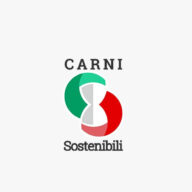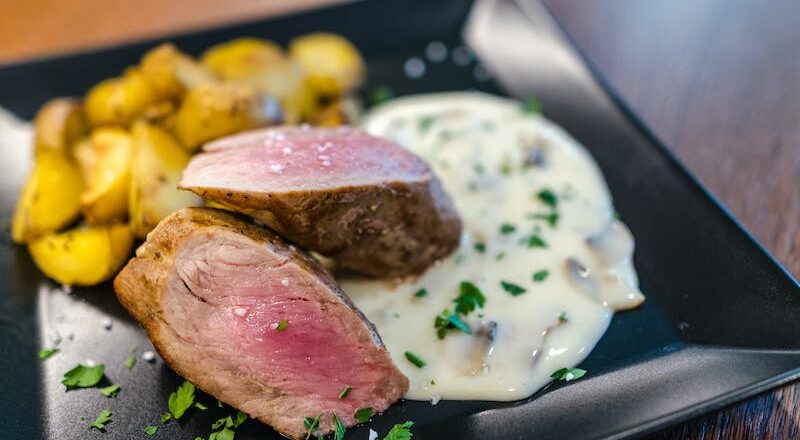
Meat, an iron mine
Iron has a crucial role in maintaining health, as a deficiency for the body is connected to the malfunction of different biological mechanisms, as well as disorders in a child’s growth and during development. Taking into account the physiological losses through skin, intestines, urinary tract, airways and menstruation in women, diet plays a vital role in maintaining the balance of iron.
Iron can be found in a wide variety of foods, but it is essential to note that it can take two different forms: heme-iron and non-heme iron. The main difference concerns the ease of assimilation of the heme form: the bioavailability of the heme-iron is greater by 15% and is absorbed at the enterocyte level as an intact molecule, while the absorption of non-heme iron is bound to other components of the diet, which may increase or reduce the absorption, and is estimated at around 5%.
The assimilation of iron by the human body, in fact, can be facilitated or inhibited depending upon what other components are present in food. An example is the role of meat proteins, which help to increase the absorption of iron and zinc from other dietary sources.
Vegetable iron sources are particularly rich in potential iron absorption inhibitors, such as phytates, and some phenolic compounds such as polymerised flavans, that are found in legumes such as beans and broad beans. Legumes are also an important source of non-digestible carbohydrates, which can impair the absorption of iron. Although ascorbic acid (vitamin C) can improve the absorption of non heme-iron.
Heme-iron is present in haemoglobin and myoglobin, so it is only present in some foods of animal origin. In particular meat is the best source of heme iron, because more than half of the iron in meat is the heme type. The adult bovine has the highest heme-iron content, the loin contains about 77%.
Iron both heme and non-heme is present in much lower amounts in poultry meat. The dark parts, such as the leg, contain slightly higher amounts. Pork, defined as a red meat, may contain the same amount or even less iron as a leg of chicken or turkey, therefore falling within the so-called white meats.
An examination of the figure below also shows that there are differences even between different cuts or parts within the same species, largely due to the more or less intense activity of the muscles that make up the cut in question. It is evident, therefore, that the classification of meat under the colour appearance is of limited importance from a nutritional point of view and it would be much more informative to use the adjective referring to the kind of membership (beef, pork, poultry, sheep, etc.).
(click on the image to enlarge it)
Meat and meat products can contribute up to 18% of the daily requirement of iron, an important contribution to a healthy, balanced diet and vital in the prevention of one of the most common nutritional deficiencies.
Despite its vital role in the human body, an overdose of iron can be dangerous. High doses of iron can cause damage to the intestinal mucosa and lead to systemic toxicity. This excess can also cause damage by free radicals in different tissues, and recently several studies have associated very high doses of iron with an increased risk of colorectal cancer, cardiovascular disease, infection, neurodegenerative diseases and inflammation. For these reasons there is a tolerable upper intake level, representing the highest intake without causing adverse health effects.
The value is 45 mg/day for adults, that would be achieved by consuming almost three kilos of beef every day.
The Sustainable Meat Project






